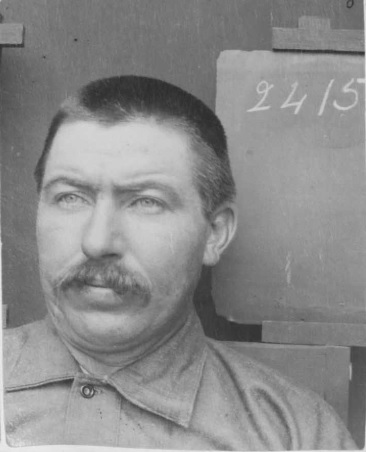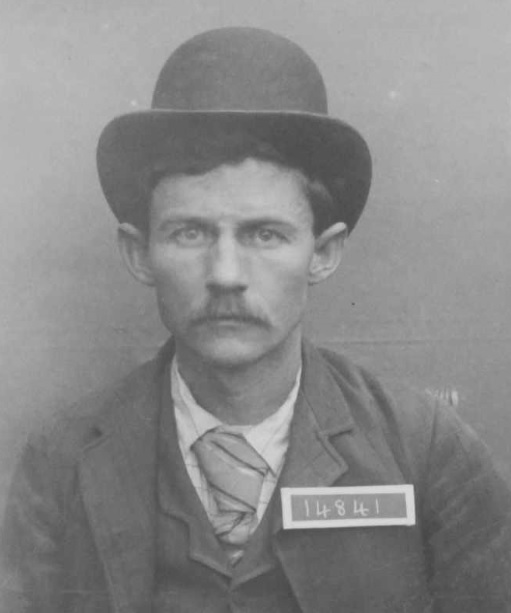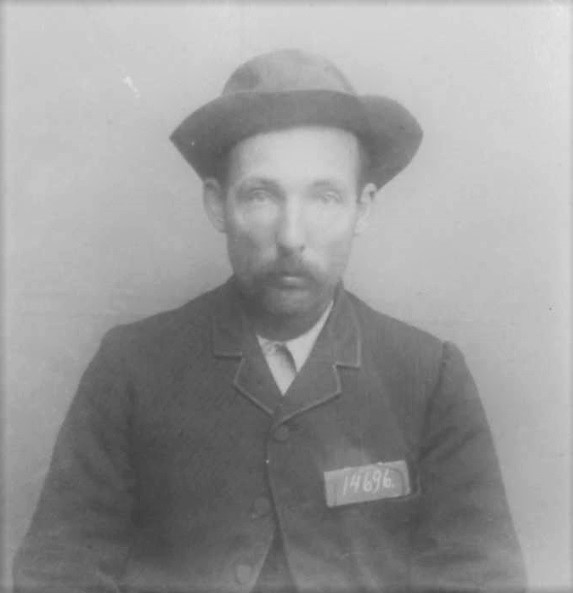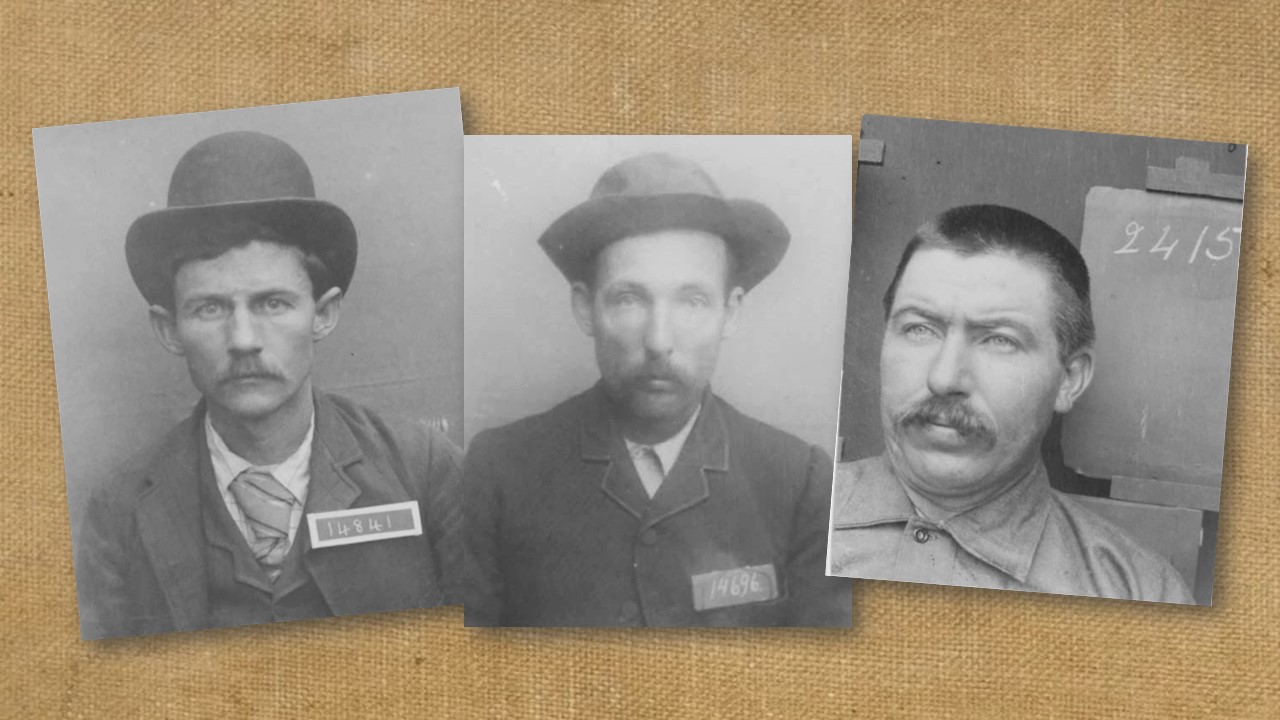After California passed the parole law in 1893, the first four people earned parole in November and December. Two from each institution, San Quentin and Folsom, received the state’s first grants of parole.
“(The) parole law was exercised yesterday at San Quentin for the first time by the State Board of Prison Directors,” reported The San Francisco Morning Call, Dec. 10, 1893. “The Directors showed a disposition to be very conservative in granting the parole privilege. Several applications were denied.”
Requirements for parole eligibility included good conduct and proper recommendations from those in the community. At the time, there were no parole agents, so people were required to regularly check in with the prison from which they were paroled or the secretary for the Board of Prison Directors. The first parole officer, as they were known, wasn’t appointed until 1905.
Thomas Garity was first to earn parole grant in 1893

The first person to earn parole in California is a title held by Thomas Garity. He was paroled from Folsom State Prison on Nov. 21, 1893.
Garity was received at Folsom on May 21, 1891, for a manslaughter conviction out of Shasta County. Sentenced to five years, he was assigned the number 2415.
The Board of Prison Directors carefully researched each application, contacting previous employers and friends before making decisions.
“Garity proved a previous good character by numerous responsible witnesses whom he had previously worked for,” reported the San Francisco Examiner, Nov. 20, 1893.
The directors also considered the rehabilitation efforts Garity made during his incarceration. “Since his imprisonment, he has made progress in reading, writing, and arithmetic. (He seems) desirous of improving himself.”
The Parole Committee of Folsom State Prison recommended his parole. The committee members were three prison officials:
- Warden Charles Aull
- Captain of the Guard R.J. Murphy
- and Prison Physician Thomas Eagle.
Charles Turner was second person to be paroled
Charles Turner was sent to Folsom State Prison to serve 10 years on a manslaughter conviction out of Modoc County. Turner was 35 years old when he was received April 23, 1889, and given the number 1876. (Editor’s note: A photo of Turner could not be found.)
Turner, a member of the Pitt River tribe, claimed he killed the tribe’s healer as was the custom of his community.
“One of their traditions is that when a doctor has been unsuccessful in efforts to save the life of a patient, a relative of the deceased may take the life of the (doctor),” Turner’s attorney told the court. “(Turner) had a brother who was sick and being treated by the medicine man of the tribe.”
On his deathbed, he asked Turner to kill the doctor.
According to the lawyer, “the brother of the stricken man (summoned the doctor and waited). He took his rifle and stood at the door of the tent. As the doctor approached, (Turner shot him through the heart).” The killing took place near Alturas in March 1889.
The case drew plenty of attention mainly because of the defense. Turner’s attorney argued “there had been no criminal intent on the part of Turner. He had acted in accordance with what he had been taught to be right and proper.”
According to prison records, Turner was released Dec. 1, 1893, making him the second to receive parole in California.
Henry Haas, James Capell earn last two parole grants


Convicted forger Henry Haas was received at San Quentin on Feb. 27, 1892, to serve five years. He was 35 years old when he was given the number 14841.
“Haas was at one time a prominent citizen of Ukiah (in) Mendocino County,” reported the San Francisco Call, Feb. 28, 1892. “(He) served one term on the Board of Supervisors of that county. His crime was the forging of a deed of trust and promissory note, on which he secured a $2,500 (bank) loan (in July 1890).”
During the trial, his wife pleaded with the judge for leniency, saying they had five children and had fallen on hard times. While in prison, prison officials said he was on his best behavior.
“He has been a model prisoner with a faultless record and his application (for parole) was well supported by numerous recommendations,” reported The San Francisco Call, Dec. 10, 1893.
Convicted of manslaughter, 32-year-old James Capell was received at San Quentin on Oct. 24, 1891, and assigned number 14696.
He also maintained a clean record while incarcerated and received numerous recommendations.
Both walked out of San Quentin on Dec. 13, making them the third and fourth people to earn parole in California.
By Don Chaddock, Inside CDCR editor
Office of Public and Employee Communications
Learn more about California prison history.
Follow CDCR on YouTube, Facebook, X (formerly Twitter). Listen to the CDCR Unlocked podcast.
